UPDATED July 2024
Get the lowdown on the census held in the United States, including what it shows in our ultimate guide to the census.
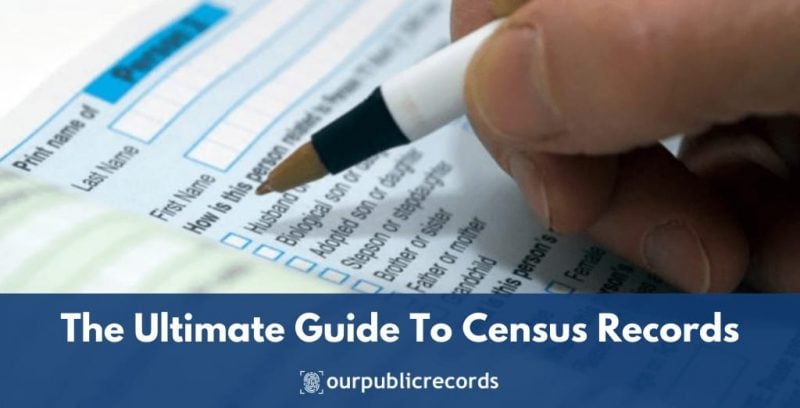
The chances are good that you’ve heard about the census before and even participated in at least one. At OurPublicRecords, we want to help you find and use those records. Do you have an old friend from summer camp or college that you lost touch with over the years? Maybe you have a family member who slipped off your radar and want to get back in touch. No matter why you use the web to find someone, census records can often help. These records provide both historical and current information on millions of people.
As the top choice for public records searches on the web, we know that you may have questions about how to track someone down and how to find current contact information. Instead of spending hours on Facebook and other social media sites, you can use the most recent census to find the last known address for that person. These records can also help when you’re looking for historical data such as the home where your grandparents once lived or the employer your father had. We’ll go over the census to help you see what these records show you and why you might use it in our ultimate guide to the census.
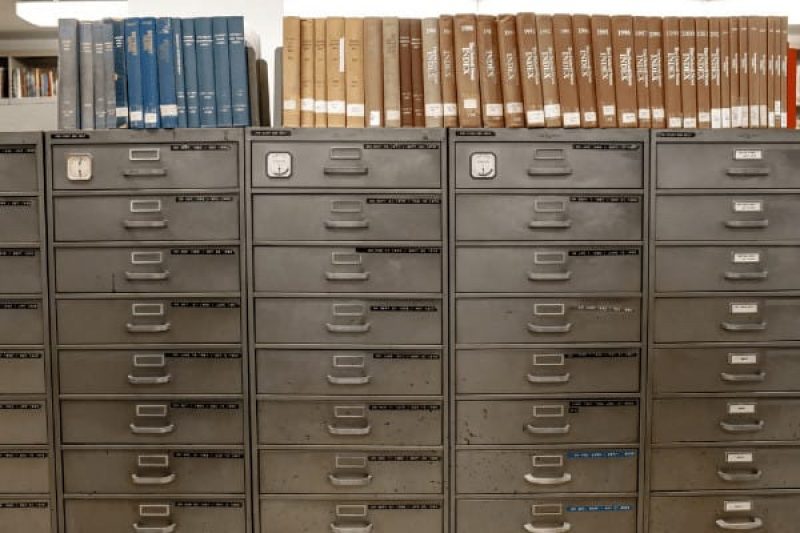
With online census records, you no longer need to delve deep into the catalog at your local library.
What are Census Records?
The United States Census is a task that the government does every 10 years. You’ll often find jobs listed in your area during the next census as the government looks for takers. Those men and women are responsible for visiting homes in a metropolitan or regional area and asking questions. They find out who lives on a property and whether the people own or rent the home. Census takers also find data such as the occupations that residents have and their ages as well as whether they have children. Though you might think that the census is a modern thing, it existed for years.
The History of the Census in the United States
During the 17th century, those living in Virginia were part of the first census. This helped the British see how many of its residents lived in the new territory. Held in 1790, the census counted a total of more than 3.9 people and found that the largest territory was New York City. During the second census held in 1800, the population increased to more than 5.9 million people. Though the largest state would shift between New York and California, New York City also ranked as the largest city in the country in terms of population alone.

Why use dusty old books to search for your family when you can access the census online?
US Census Records
In the United States, census records include all the records taken by those who work for the government. The records specifically detail the population of a region. Even if you live in a rural community, you have a zip code that designates you as a resident of the closest city. Census records determine how many people live in a city, county and state as well as the country as a whole. You might see these records called population schedules as they show how the population changed between the last and current census.
Census Records and Time Periods
Though you may get a questionnaire from your county or city as it takes a census, the federal government only does the census once a decade. This means that you can view the original records dating back to 1790 as well as records from the 19th and 20th centuries. You should keep in mind that the government blocks public access to those records until 72 years pass, which is the average lifespan in the US. The idea is that this will protect citizens. You won’t find complete records from the 1890 census either as a fire destroyed most of the originals.

The census offers a convenient way for the government to get information about citizens and other people who live in the country.
Specific Regions
As we said before, the census shows data from specific regions. While you can search for a person based on his or her name, you also have the option of looking at a certain address or viewing all the records from a city or county. This is helpful if you think that your family changed your surname over the years or if you aren’t sure what name a person used for the census records. You may need to search by region because a woman used a different name too. If your grandmother was married before she married your grandfather, you might find her listed under her first married name and not her second.
Why Historical and Present Census Records Matter
The main reason why the federal government holds the census is that it wants to keep an eye on the general population. These records help the government keep track of trends such as the number of people who live in major cities and how that population changed since the last census. That can help professionals determine how the cost of living in those cities will increase or decrease, including how much housing prices will rise and if the city can support extended growth. The government also uses the census to identify the number of representatives that each district has. You might find that your representatives increase or decrease between elections because the population changed significantly.
Historical census records are also important because they are often the only source of information that is available. Not everyone has close relationships with their families. You might have a mother who doesn’t speak to her parents or extended family members because they didn’t approve of your parents’ marriage. Even though she has little information that she can tell you, census records can help you fill in the gaps in your family history. You can use census records as a way to find out more about a parent who left the family or one who passed away too.
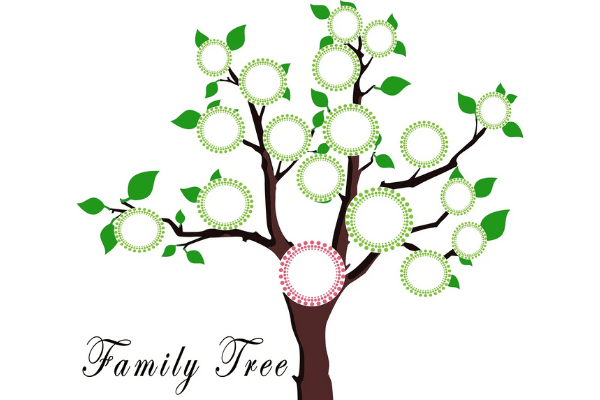
Using census records is the easiest way to fill out missing limbs on a family tree.
How Historical Census Records are Compiled
The government compiles census records through a procedure done every decade. You can check online and in the newspaper for job postings. Census takers are responsible for visiting every home in a specific region and passing out questionnaires or asking questions to fill out each section on the form. Not only do they count American citizens, but they also count those who live here illegally, resident aliens and naturalized citizens. The Census Act of 1790 added definitions to concepts relating to the census. It requires takers to find people who live in nontraditional housing, including those in homeless camps and campgrounds or mobile home parks.
Census takers handle the procedure through something called a field visit. This is when they visit a property and speak to someone who lives there. They only speak to adults but can ask questions of any adult who answers the door. If they cannot speak to anyone in person, they have the option of completing the form based on what they see in the area. For example, a taker might list a single-family home as housing a mother, father and two children because the majority of homes in the area have a similar makeup. The only people not counted in the census are Americans who live overseas who do not work for the government or military. Those in the military are counted as well as their spouses and children. Census Day typically takes place at the beginning of April.
Has Census Day Ever Changed?
The federal government set Census Day on April first in 1930 but moved it several times over the years. It previously took place near the beginning of August and then moved to January and June.
COVID-19
The global pandemic associated with the coronavirus (COVID-19) affected the 2020 census. Workers were unable to visit homes due to the lockdown that many cities had in place. This led to the government sending paper census forms through the mail. Though this was not the first time that people had the option of completing the census and sending it through the mail, it was the first time that the government urged residents to use the form in this way. The government is not sure how many people successfully used the census or how much information supplied was valid.
Where to Find Historical Census Records
Finding census records isn’t as easy as you might think. Those taken in the early years only show a small amount of information, including the name of the man who owned the property and the number of people who lived there. In a few cases, the records may list a woman rather than a man. This often occurred because the census asked for the name of the head of the household. If a married woman lost her husband and raised their children alone, she may appear in the records as the head of the household. It wasn’t until 1850 that the records became more detailed. You’ll find census records available from different sources, including the National Archives.
Signing up for a membership site such as Ancestry can help too. Ancestry is the largest genealogical research website in the world. While it offers some free options, you need to pay to view census records. Members can also use the forums to meet with possible relatives and get help when they reach a dead-end in their searches. Ancestry has a free trial that lasts for two full weeks and offers access for census records from outside the United States, including Wales and the Channel Islands. While Family Search has some free resources that you can use, Find My Past offers free access to other census records.

As long as you have access to the internet, you can view census records from the United States and other countries online.
Why Pay for Free Data
Though the government does not pay you for your answers on the census, it pays those who hand it out and ask questions. That is why you won’t find many free census records available online. A common problem that you might encounter is with sites that have “free” in their names. Those sites claim that you can research your family for free but then send you to sites that charge expensive fees. You’ll also find sites that say they are free until you do a search, which results in a page popping up that asks you to sign up for a fee. At OurPublicRecords, we direct you to the best websites for your research. We also rank those sites to help you choose the best ones to ensure that you find census records from any year that you need.
Historical Census Records and What They Reveal
Reading through census records can give you some basic information about the people who lived at a specific address. Depending on your city, you might find similar books. These books might remind you of phone books as they list general information about a person. The biggest difference is that they list the addresses first. As long as you know where someone lived, you can look up that address in a city directory and find the name that they used. A directory will often list the individual’s occupation and anyone else who lived there. The census began listing similar info as early as 1850.
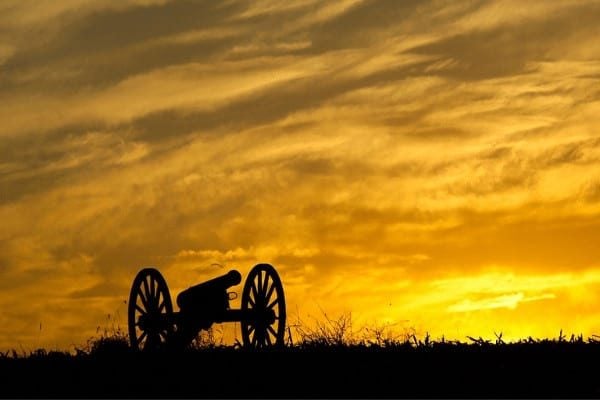
Did You Know?
The earliest census taken in the United States predates the Civil War.
1850 Census
The 1850 census marked a turning point in the nation as this was when takers began asking for more data as they met with residents. Some of that data includes:
- Names for each person who lived in the home
- Ages of all residents
- Genders of all residents
- Any jobs held by the people who lived there
- Where they were born
- If the couple were married earlier in the year
Changes to the Census
Several changes added to the census over the years allowed workers to ask more questions and add more data. This started in 1870 when the census included a question about where the parents were born. The government used that information to see if either parent was born outside of the United States. If the couple living in the home did not have children, the takers would skip this question. Questions asked during the 1880 census included the birthplaces for both the mother and father and their marital status. If more than one person lived there, the taker would ask about the relationship the person had to the head of the household. This helped the census determine whether the home had domestic servants living there as well as children from previous relationships.
Another change came during the 1900 census when the government began asking how long married couples were together. You’ll also find that records after this year list the month and year of each child’s birth and how many children the mother had. Those records also state how many of the children she had were living at the time. If either parent was an immigrant, the census records after this date will show the year the individual came to the country, how many years they lived there and their naturalization status. Not everyone who lived in the US is a naturalized citizen. Some are aliens or provided papers but do not yet have citizen status.

Many census records give you a small amount of information about those who served in the military or fought in a war such as World War I.
Other Additions to the Census
As the needs and wishes of the government change, the questions on the census change too. As a way to track veterans of the Civil War, the government added a question to the 1910 census about whether the head of the household and anyone else who lived there was a veteran. It dropped this question in 1920 as the number of survivors of that war tapered off. This same census added new questions, including the native languages of any adults who lived at the address and when they became naturalized American citizens. The government added a question about military service in 1930 as a way to see how many veterans were alive and what war(s) they fought. It also added a question about the ages of couples when they married.
Census Removals
Though you might think that the census always includes the same questions, it removed some sections over the years. The first removal came during the 1910 census and allowed users to respond without saying how long they lived in the US as well as questions about their birth dates. Those responding to the 1920 census no longer needed to state how long they were married. It also removed questions about the mother and the number of children she had. To get away from the questions about foreign parents, the census stopped asking about native languages during the 1930 event. The last major changes came during the 1940s. Among the questions dropped from the census included the ages that couples were when they married, if they were military veterans, when they immigrated to the US and their birthplaces.
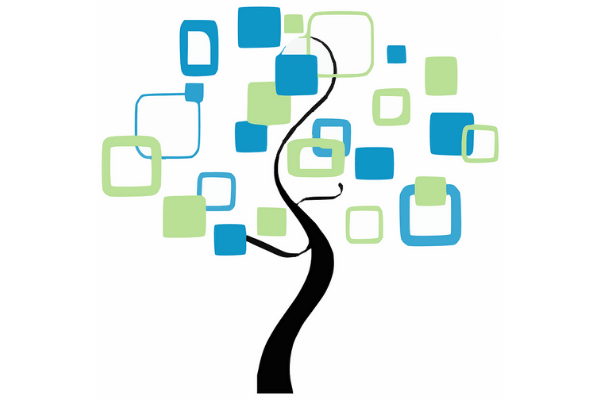
Using your family tree as a guide can help you find anyone related to you who participated in a past census.
What Can You Find in Census Records?
The more you learn about census records, the more confused you might feel. Don’t worry though! Once you start working your way through those records, it’s easy to see why so many use them for genealogical research. Some of the data and information that you’ll find includes:
- Where people lived during a census compared to where they lived previously or later
- If they had any children living with them who passed away later
- The names and ages of elderly people who lived there such as in-laws or parents
- Relatives who lived close by
American census records can help you track the path that a family member took too. Let’s say that you had a grandfather who ran away from home as a teenager. The records show you where he lived during the first census after he left home. As you look at the newer records, you can see when he married your grandmother, where he worked and when they had children as well as if they had any children who did not survive.

Insider Tip
If you live close to a public library, ask about genealogical research resources. Many libraries have subscriptions to Ancestry and similar sites that you can use for free.
Searching Census Records in Modern Times
Don’t assume that you can only use census records as part of your family tree research. You may want to use some of those records in the modern age too. One thing to keep in mind is that the full results of the census are not available for more than seven decades after the original date. If you know that a friend lived in Los Angeles in 2010 and plan on using the census to see his or her last known address, you won’t find it. The 2010 census was the first in history to use a short form, which made it easier for respondents to complete and included just 10 questions. As of 2020, you can’t view full census data from before the 1950s.
Living in the modern age does give you the option of searching through census records without visiting the library though. The National Archives and other websites give you convenient access to previous census records. You can enter the last name and view everyone who had that name or look up an address and see data about who lived there during that census. If you want to track people alive today, you’ll find some of the other resources that we think offer more help for your search.

The days of digging through books to trace your family are a thing of the past thanks to online census records.
How Does a Census Records Search Work?
Doing a basic census records search is easy. All you need is a name to search for and a place to look. It becomes a little more complicated as you narrow down your search, which is why we found some great tips that you can try.
- Don’t use full names: Instead of searching for full names, abbreviate your search terms. You might enter Jon and not John or Thom instead of Thomas. This pulls up all matches and may include names that you would otherwise miss.
- Look for all relatives: Some people focus so much on specific people that they miss those that can help them in their searches. When you expand your search to include all relatives, you might find individuals who changed their names or went by nicknames.
- Choose the wildcard option: Several websites have a wildcard search option that will include names similar to those you enter. This can help you find ancestors who misspelled their names or appeared in the census under a similar name.
- Expand birth years: Just because your grandma swore that she was born in 1927, it doesn’t mean she was. She could be off by a year or two simply because she wanted your grandfather to think that she was younger. Going back just a few extra years can help you find people you previously weeded out because the birth year was wrong.

Keeping a notebook/journal nearby is helpful because it lets you keep track of names and dates. You can access that information when you're not close to your computer too.
Where to Look for Online Resources
The best place to start searching for census records is the National Archives website. You’ll find full records available from 1790 to 1940. Though some 19th-century records were destroyed in a fire, the records that survived are available from this site. The National Archives are also great for viewing photos of your family and ancestors. When you do a search based on your surname, the website will show you all the records that match that last name. This includes image and video records too.
Another helpful website is Archives, which can introduce you to records you never even knew that you could view online. Thanks to the large database, it can help you find records relating to a living person or someone who passed away. You also get customer support when you need it. For similar sites, check truthfinder, which always keeps your searches secure. Unlike some cheap sites that let people know when others search for their names, this site keeps that search private. You may want to try Family Search, Ancestry and similar websites designed for family tree research.
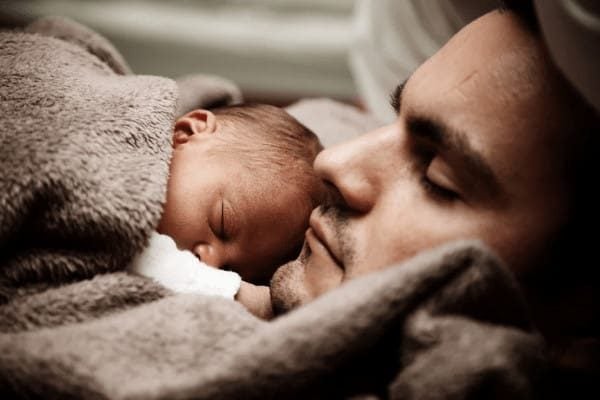
Census records from past years can help you find almost anyone who lived or lives in the US.
Start Your Research Today
The American census is one of the biggest tools in your genealogical research arsenal. No one can hide from the census because it counts every person in the country. If you search for your grandparent or great-grandparent and can’t find anything under that person’s name, the chances are good that your ancestor changed their name at some point. The census allows you to use related information to find out more about that person. You might look for their parents’ names or use the address where your ancestor once lived to find out the name that he or she once used. It’s even possible that you find out your ancestor lived here illegally under a different name before becoming an American citizen.
Thanks to the census, you no longer need to play a guessing game as you research. As the census takes place every decade, you can view people who lived at an address at that specific point in time. This also makes it easy to check that address during the next decade to see if that individual remained there or moved. The census also shows you if the person married or had children in between those years and what jobs they had. You can trust OurPublicRecords to help you find the top census records for your search.
Quickly and Easily Search Almost Anyone's:

Disclaimer: We rank sites based on our knowledge and experience. Our team visits each site and evaluates each one before placing it online. Though we do accept referrals, we guarantee that the information we share is accurate and that we will only pass on information that we think is helpful to our visitors. The referral fees that we receive go to paying our team and keeping our website operational.
Opt Out Process: If you use our site and do not want to share your personal and/or confidential information with anyone else, please visit our Opt Out page to learn more about the process. We give you the option of removing your information from our site.
OurPublicRecord.Org is a privately owned and operated website and is NOT affiliated with the US Government or any law enforcement agency.